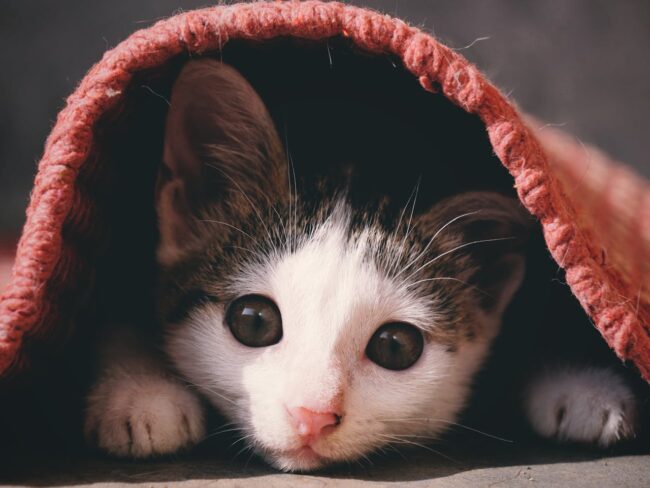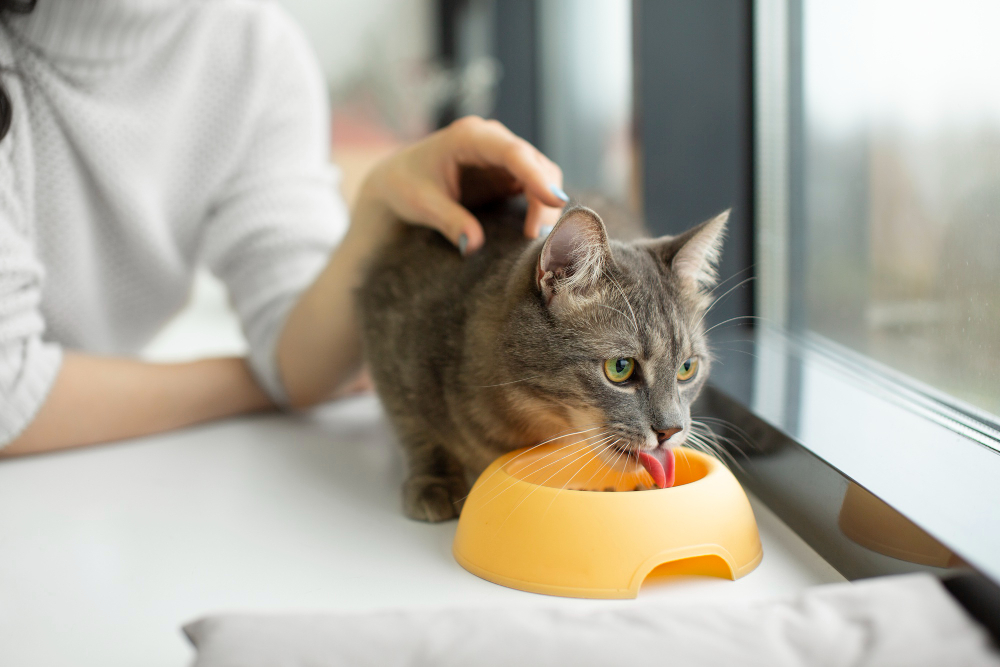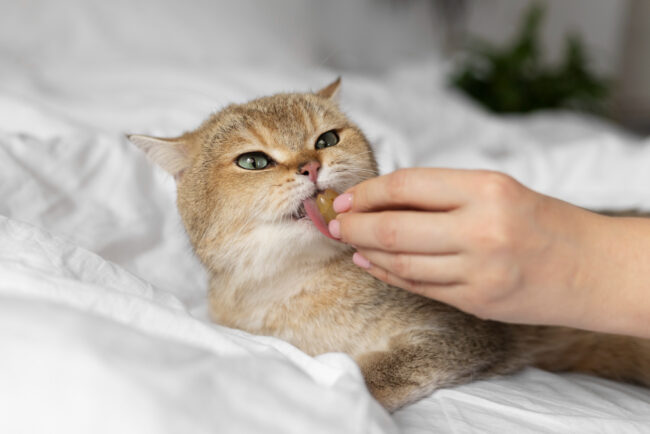If you’re noticing that your feline friend is showing signs of distress when you’re about to leave the house, you may be dealing with a case of separation anxiety. Signs that your cat may be experiencing this anxiety include excessive meowing, following you around persistently, or displaying unusual behaviors like improper elimination when you’re not home. It’s important to understand how to help a cat with separation anxiety. Just like humans, cats can feel anxious about separation, and it’s not something to ignore.
The Cause
Your cat’s anxiety can stem from various factors. It could be a change in routine, a recent move, or even a traumatic experience that has led to fear of abandonment. Some cats may also develop separation anxiety if they’ve previously been in shelters or had multiple owners. To get to the heart of the issue, look for patterns in your cat’s behavior and consider their history. These insights can help tailor your approach to their specific needs.
Experts in feline behavior emphasize that cats are creatures of habit and thrive on predictability. Any disruption to their routine can be distressing. By closely observing your cat and understanding their individual needs, you can begin to mitigate these feelings of anxiety. Remember, your goal is to ensure that your cat feels safe and secure, even when you’re not present.
Comprehensive Strategies to Comfort Your Anxious Cat
Secure Environment
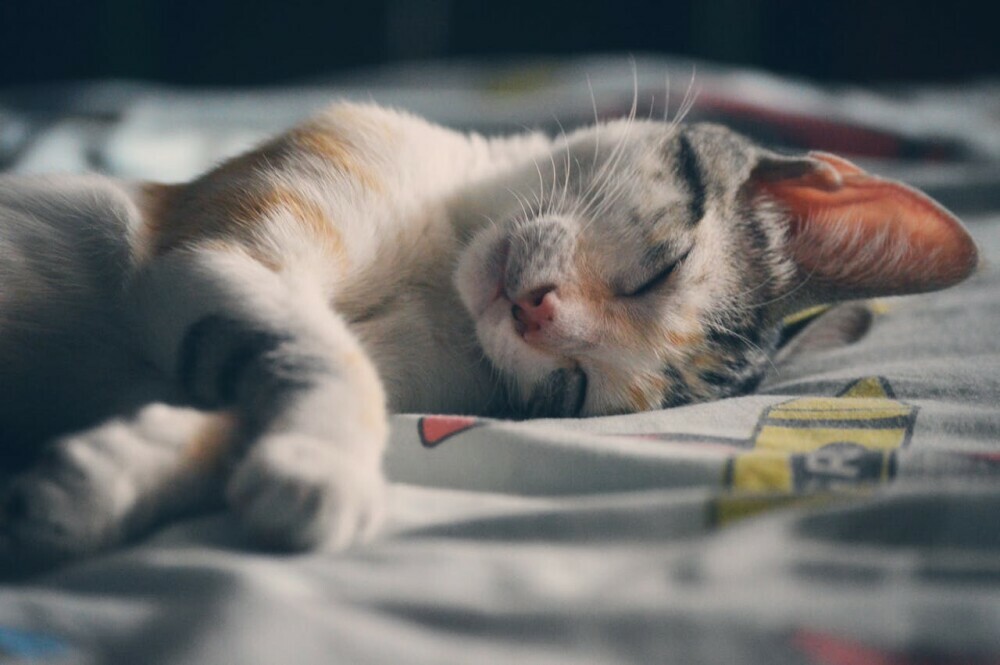
If you’re grasping at straws to soothe your feline friend, don’t fret. There are solid steps you can take to alleviate their discomfort. Remember, creating a stable and serene atmosphere at home can make all the difference. Start by setting up a special nook for your cat that feels safe and warm. Add a soft blanket or a favorite toy to give it a personal touch.
Interactive Activities
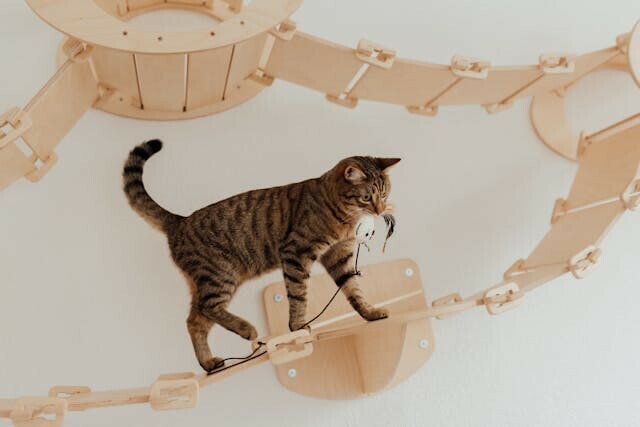
Playing is more than just fun for cats; it’s a crucial part of their well-being. Interactive toys not only keep your cat busy while you’re away, but they can also significantly reduce feelings of loneliness and anxiety. Puzzle feeders that dispense treats, or toys that mimic prey, like feather wands, can keep your pet engaged for hours.
Predictability
Routine is the backbone of a relaxed cat. Meals, playtime, and cuddles—if they happen at predictable times each day, your cat is more likely to feel secure. This doesn’t mean your schedule needs to be rigid, but it does imply some level of consistency. If your cat knows what to expect, the departures and arrivals become less distressing.
Professional Help
While there’s a lot you can do on your own, sometimes you need an extra hand. If your cat’s separation anxiety seems severe, it’s smart to get professional advice. A visit to the vet can rule out any underlying health issues. If all is well, a cat behaviorist can offer tailored strategies based on your cat’s specific needs and personality.
Maintaining Emotional Health: Long-Term Solutions for Separation Anxiety
Gradual Desensitization
Your first attempt doesn’t need to be perfect, and the same goes for easing your cat’s separation anxiety. It’s about the long haul – finding what works for your furry friend and tweaking it as you go along. In the long term, gradual desensitization techniques can teach your cat that being alone isn’t something to fear. By introducing short periods of separation and slowly increasing them, your cat learns that you always come back.
Consistency is key when it comes to alleviating your cat’s anxiety. Maintaining a regular schedule for feeding, playtime, and cuddles can provide a sense of security. Try to keep your departure and arrival times as regular as possible. This predictability helps your cat feel more in control and less anxious.
Building Resilience
Moreover, fostering resilience in your furry companion is crucial. Choose activities that encourage independence. It could be as simple as setting up a cozy nook with a window view or a puzzle feeder that rewards them for their solo time. The goal here is to make your cat’s solo experiences so enriching that they start to look forward to them.
Don’t worry too much if progress seems slow. Addressing separation anxiety is often about patience and persistence. If you notice setbacks or if your cat’s anxiety seems to worsen, don’t hesitate to reach out for professional advice. A vet or animal behaviorist can offer tailored strategies for your cat’s specific needs.
I really hope that the journey to improve your cat’s emotional health is as rewarding for you as it is for them. Remember, each step you take is building towards a happier, more balanced relationship with your cherished companion.

